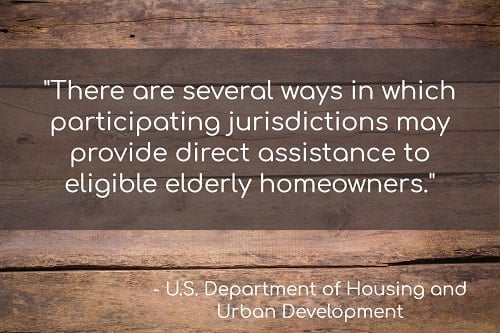"Unlocking Homeownership: A Comprehensive Guide to Low Income Mortgage Loan Programs"
#### Understanding Low Income Mortgage Loan ProgramsLow income mortgage loan programs are essential financial tools designed to help individuals and familie……
#### Understanding Low Income Mortgage Loan Programs
Low income mortgage loan programs are essential financial tools designed to help individuals and families with limited income achieve their dream of homeownership. These programs offer various benefits, including lower interest rates, reduced down payment requirements, and flexible credit criteria. By understanding these programs, potential homeowners can navigate the often complex landscape of mortgage lending and find the best options suited to their financial situation.
#### Types of Low Income Mortgage Loan Programs
There are several types of low income mortgage loan programs available, each catering to different needs and circumstances. Some of the most common programs include:
1. **Federal Housing Administration (FHA) Loans**: FHA loans are government-backed mortgages that allow borrowers to qualify with lower credit scores and down payments as low as 3.5%. These loans are particularly beneficial for first-time homebuyers and those with limited savings.
2. **USDA Rural Development Loans**: Designed for rural and suburban homebuyers, USDA loans offer 100% financing, meaning no down payment is required. These loans also come with competitive interest rates and are aimed at low to moderate-income households.
3. **VA Loans**: For veterans and active-duty military personnel, VA loans provide access to favorable mortgage terms, including no down payment and no private mortgage insurance (PMI) requirement. This program significantly eases the financial burden of homeownership for those who have served the country.

4. **State and Local Housing Programs**: Many states and municipalities offer their own low income mortgage loan programs. These can include down payment assistance, grants, and favorable loan terms specifically designed for low-income residents.
#### Eligibility Requirements for Low Income Mortgage Loan Programs
Eligibility for low income mortgage loan programs can vary depending on the specific program and lender. However, common criteria include:
- **Income Limits**: Most programs have income limits based on the area’s median income. Applicants must demonstrate that their income falls below these thresholds.
- **Credit Score**: While some programs are more lenient regarding credit scores, applicants typically need to have a minimum score to qualify.
- **Employment History**: Lenders often look for stable employment history, which indicates the borrower's ability to repay the loan.

#### The Application Process
Applying for low income mortgage loan programs involves several steps:
1. **Research**: Begin by researching the various programs available in your area. Understand the eligibility requirements and benefits of each option.
2. **Pre-Approval**: Get pre-approved by a lender who specializes in low income mortgage loans. This will give you a better idea of how much you can borrow and the terms you can expect.
3. **Documentation**: Gather necessary documentation, including proof of income, employment verification, and credit history. This information will be crucial during the application process.
4. **Submit Application**: Once you have all your documents in order, submit your application to the lender. Be prepared for a waiting period as the lender reviews your application.

5. **Closing**: If approved, you’ll move to the closing process, where you’ll finalize the loan terms and take ownership of your new home.
#### Conclusion
Low income mortgage loan programs are invaluable resources for those seeking to own a home despite financial constraints. By understanding the various types of programs available, their eligibility requirements, and the application process, potential homeowners can take significant steps toward achieving their goal of homeownership. Whether through FHA loans, USDA loans, VA loans, or local assistance programs, there are numerous options to explore that can make owning a home a reality for low-income individuals and families.